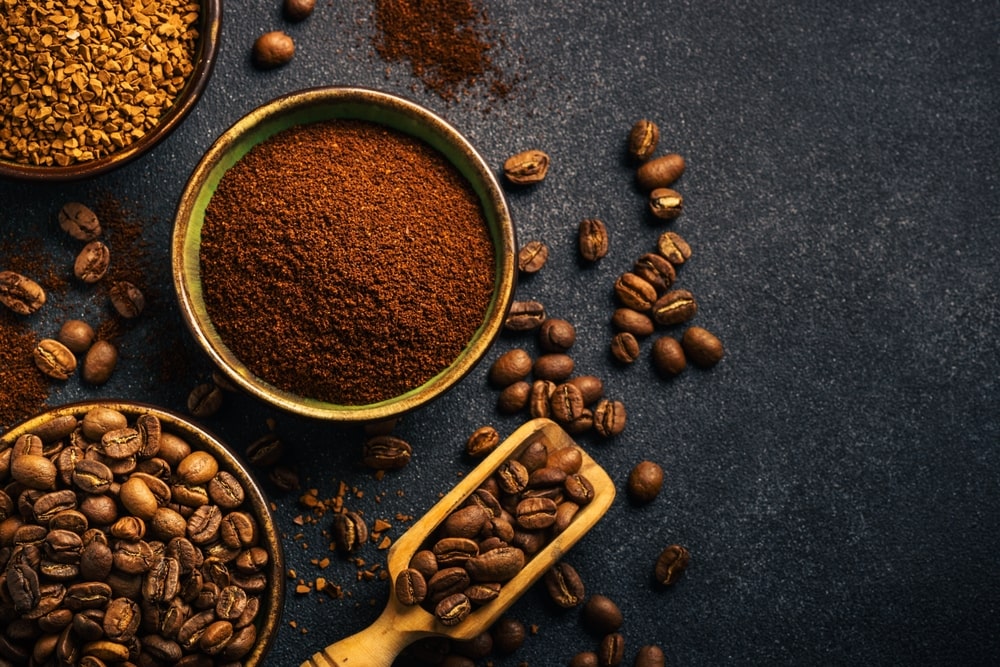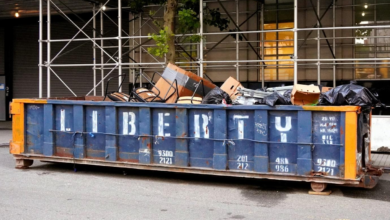
The Science Behind the Extraction Process of Ground Coffee
Millions of people around the world love coffee, but the science behind making it is complicated and interesting. The extraction process is the most important part of making coffee because it determines the taste, smell, and quality of the finished cup. This article goes into detail about the scientific ideas and methods that are used to get coffee grounds out of the ground.
Table of Contents
What is Coffee Extraction?
Coffee extraction is the process of adding water to coffee grounds to get the good chemicals out of them. Some of these elements are acids, lipids, carbohydrates, and aromatic oils, all of which affect how the coffee tastes. How well the extraction works depends on how well the brewing time and temperature work with the stability of these compounds.
The Role of Solubility
How well a material dissolves in a solvent is called its solubility. This is coffee, and water is the solvent. Different coffee chemicals dissolve in water in different amounts. Some chemicals break down quickly, like acids and caffeine.
Others, like oils and complex carbs, take longer. The goal is to get the right amount of each chemical out of the plant so that the flavors are balanced.
Grind Size and Extraction
The size of the grind has a big effect on the extraction process. Because finer grinds have more surface area, water can extract chemicals more quickly. This can cause too much extraction, which dissolves unwanted chemicals and gives the drink a bitter taste.
Because coarser grinds have less surface area, they may not draw enough coffee, making the cup weak and sour. It is very important to find the right grind size for the method you choose.
Brewing Time and Temperature
Temperature and brewing time are also very important. Higher temperatures make it easier for coffee chemicals to dissolve, which speeds up the extraction process. But temperatures that are too high can extract bitter chemicals that aren’t wanted.
In the same way, longer boiling times can make extraction more complete, but they can also make extraction too strong. For each way of brewing, the best time and temperature range are different.
Methods of Coffee Extraction
There are different ways to remove compounds from coffee. Here are some well-known methods and the science behind them:
Drip Brewing
Pouring hot water over coffee grounds in a filter is what drip brewing, which is also called filter brewing, is all about. The water moves through the grounds, pulling out soluble chemicals that make the cup clean and balanced. When you drip-brew, the water temperature is usually around 200°F (93°C), and the grind size is usually medium.
Espresso
Espresso is a strong coffee that is made by putting a lot of pressure on hot water and finely Ground Coffee. Because of the high pressure and fine grind size, the coffee is extracted quickly, making a rich, full-bodied coffee with a layer of foam on top.
For espresso, the water temperature should be between 195°F and 205°F (90°C and 96°C), and the extraction time should be between 25 and 30 seconds.
French Press
For the French press, also called a “press pot,” you soak coarse coffee grounds in hot water for a few minutes and then press a plunger through the mixture to separate the grinds from the water.
With this method, all the oils and small particles can be extracted, making a cup that is rich and strong. Water that is about 200°F (93°C) is best, and the steeping time is usually between 4 and 5 minutes.
Master the Art and Science of Coffee Extraction
If you know how coffee is extracted scientifically, you can improve your boiling method and make the perfect cup. You can control the extraction process and get the most out of your coffee by paying attention to the grind size, water temperature, heating time, and coffee-to-water ratio.
Whether you’re a professional barista or a home brewer, learning these skills will make every cup of coffee a celebration of taste and smell.








